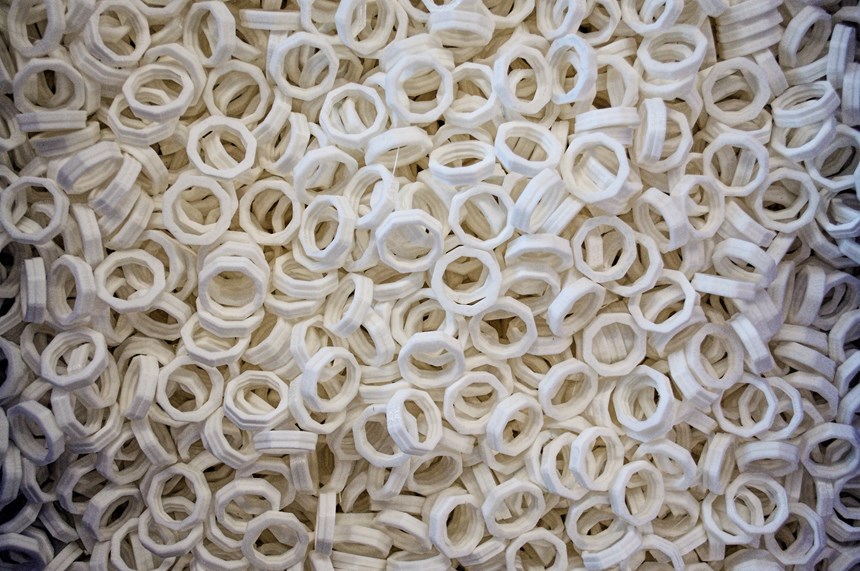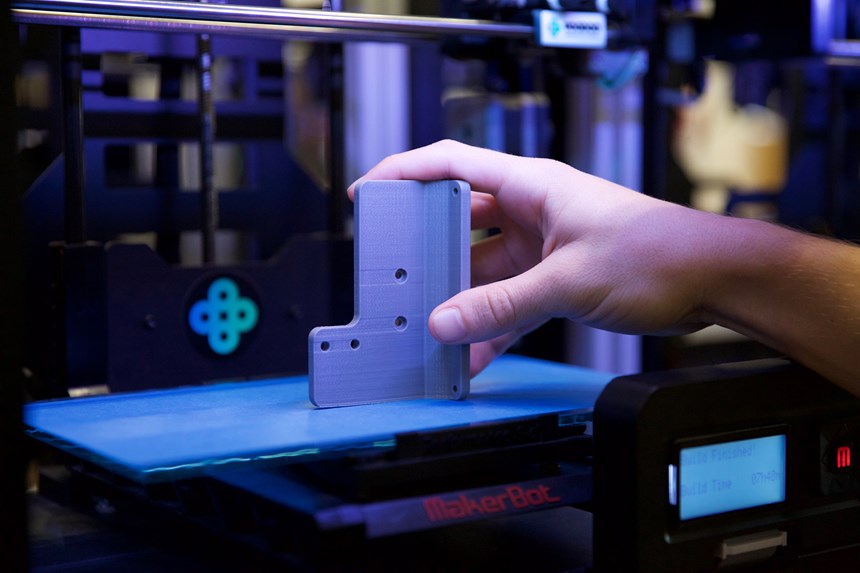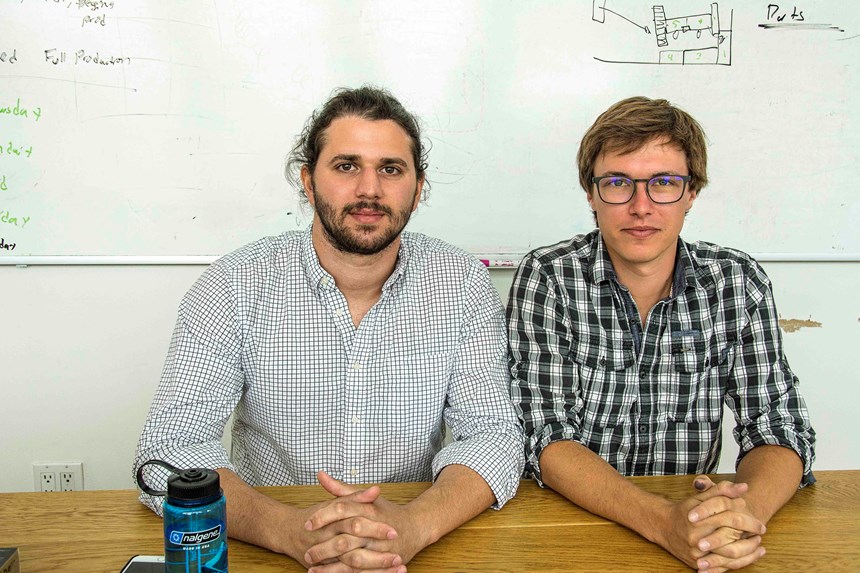Injection Molders: Is 3D Printing Your Friend, or Foe?
In the last few months, I’ve seen clear signs that some 3D printing shops and makers of additive manufacturing equipment intend to compete with injection molding.
I am asked fairly frequently whether additive manufacturing (AM)—or 3D printing, as it’s often called—is going to compete with injection molding. Until now, I have brushed that off as an unwarranted concern:
“On the contrary, AM will provide injection molders with an extra tool to enable them to make parts in lot sizes as small as one—which would be uneconomical for most molders—and enable them to make parts that have geometries that simply can’t be injection molded.”
In short, for injection molders, 3D printing is getting real interesting, real fast.
Now, I’m not so sure about that comforting conclusion. In the last few months, I’ve seen clear signs that some practitioners of 3D printing, and some makers of AM equipment, do intend to compete with injection molding.
For instance, I recently visited a startup firm called Voodoo Manufacturing in an industrial district of Brooklyn, N.Y. Launched by a team of (mostly) twenty-somethings, the firm has networked an army of 3D printers—160 of them—to be able to produce parts fast and cheap, at prices competitive with injection molding in order quantities up to 10,000 parts, and before long perhaps to 100,000 parts. (The full story will appear in the October issue of Plastics Technology, or you can read it online now). That’s something for short-run injection molders to think about—at least for commodity parts that don’t have critical dimensions or demanding mechanical-performance requirements.
Regarding that last point—“everybody knows” that 3D printing cannot make parts comparable to injection molding in strength along the “Z” axis—perpendicular to all those tiny layers fused together to make a printed part. But along comes Carbon 3D, Inc. in Redwood City, Calif., with its CLIP (Continuous Liquid Interface Production) technology, which literally pulls the part continuously out of a bath of photocurable liquid polymer. No more layers—so parts are said to be more comparable in isotropic properties to injection molded products. (Read more about it here.)
And that’s not all: HP Inc., Palo Alto, Calif., is throwing its weight behind its new Multi Jet Fusion (MJF) process for 3D printing with nylon powders (read about it here and here.). HP says its process is up to 10 times faster than other AM processes. At least one firm experienced in both a variety of AM techniques and short-run injection molding—Proto Labs, Maple Plain, Minn.—agrees to some extent. And, some who are familiar with MJF say the process has potential to compete with injection molding in the range of thousands of parts. (Read about it here.)
In short, for injection molders, 3D printing is getting real interesting, real fast.
Related Content
-
Additive Fusion Technology Optimizes Composite Structures for Demanding Applications
9T Labs continues to enhance the efficiency of its technology, which produces composite parts with intentionally oriented fibers.
-
Additive Technologies for Injection Mold Tooling Ride Tailwinds
NPE2024: Lowering barriers to additive manufacturing adoption in toolmaking.
-
Daimler, OMIC Evaluate Wire-Fed DED for Moldmaking
3D printing a core and cavity on machine from Gefertec, followed by machining, allowed for a complete mold tool to be produced in three days.






















